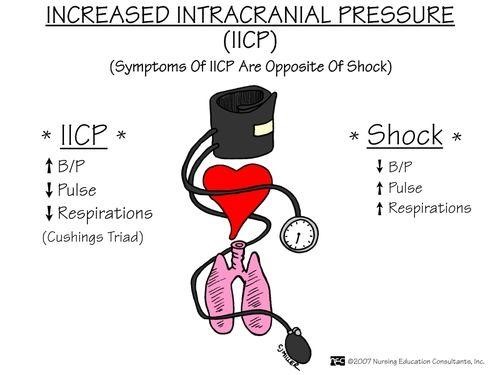A nurse is assessing an 8-month-old infant for cerebral palsy. Which of the following findings is a manifestation of the condition?
Can always track an object with eyes
Needs support with pillow props for sitting
Uses a pincer grasp to pick up a toy
Smiles when a parent appears
The Correct Answer is B
A. Can always track an object with eyes:
The ability to track an object with the eyes typically develops in infants around 2 to 3 months of age. This developmental milestone is not specific to cerebral palsy and is generally expected in healthy infants.
B. Needs support with pillow props for sitting
Explanation:
Cerebral palsy (CP) is a group of permanent movement disorders that appear in early childhood. It is caused by abnormal development or damage to the parts of the brain that control movement, balance, and posture. The symptoms of cerebral palsy can vary widely, but they are generally related to motor function and coordination.
The manifestation of needing support with pillow props for sitting is consistent with the motor impairments often seen in cerebral palsy. Children with cerebral palsy may have difficulties with muscle control and coordination, which can affect their ability to sit independently. The need for external support to maintain a sitting position is indicative of motor developmental delays or challenges associated with cerebral palsy.
C. Uses a pincer grasp to pick up a toy:
The pincer grasp, where a child uses the thumb and index finger to pick up small objects, usually develops around 9 to 12 months of age. This developmental milestone is not directly associated with cerebral palsy and is part of normal infant development.
D. Smiles when a parent appears:
Smiling in response to familiar faces, including parents, is a social and emotional developmental milestone that typically occurs around 2 to 3 months of age. While cerebral palsy can affect motor function, it does not directly impact an infant's ability to express emotions like smiling.
Nursing Test Bank
Naxlex Comprehensive Predictor Exams
Related Questions
Correct Answer is C
Explanation

Correct Answer is A
Explanation
A. Inattention, Hyperactivity, Impulsivity
Explanation: Attention Deficit Hyperactivity Disorder (ADHD) is a neurodevelopmental disorder characterized by symptoms of inattention, hyperactivity, and impulsivity. These symptoms can significantly impact an individual's ability to function in various areas of their life, such as school, work, and social interactions.
The other options are not accurate descriptions of ADHD:
B. "Can never be well treated" is not correct. ADHD can be effectively managed and treated through a combination of strategies, which may include behavioral interventions, psychoeducation, counseling, and in some cases, medication.
C. "Inability to learn" is not a defining characteristic of ADHD. While individuals with ADHD might face challenges in learning due to their symptoms, they are certainly capable of learning and can benefit from tailored strategies to support their learning process.
D. "Excess tiredness, impulsivity, and hyperactivity" describes a combination of symptoms, but ADHD is specifically characterized by inattention, hyperactivity, and impulsivity. Tiredness, while not a primary symptom of ADHD, can be a secondary effect of difficulties in focusing and maintaining attention.
Whether you are a student looking to ace your exams or a practicing nurse seeking to enhance your expertise , our nursing education contents will empower you with the confidence and competence to make a difference in the lives of patients and become a respected leader in the healthcare field.
Visit Naxlex, invest in your future and unlock endless possibilities with our unparalleled nursing education contents today
Report Wrong Answer on the Current Question
Do you disagree with the answer? If yes, what is your expected answer? Explain.
Kindly be descriptive with the issue you are facing.
